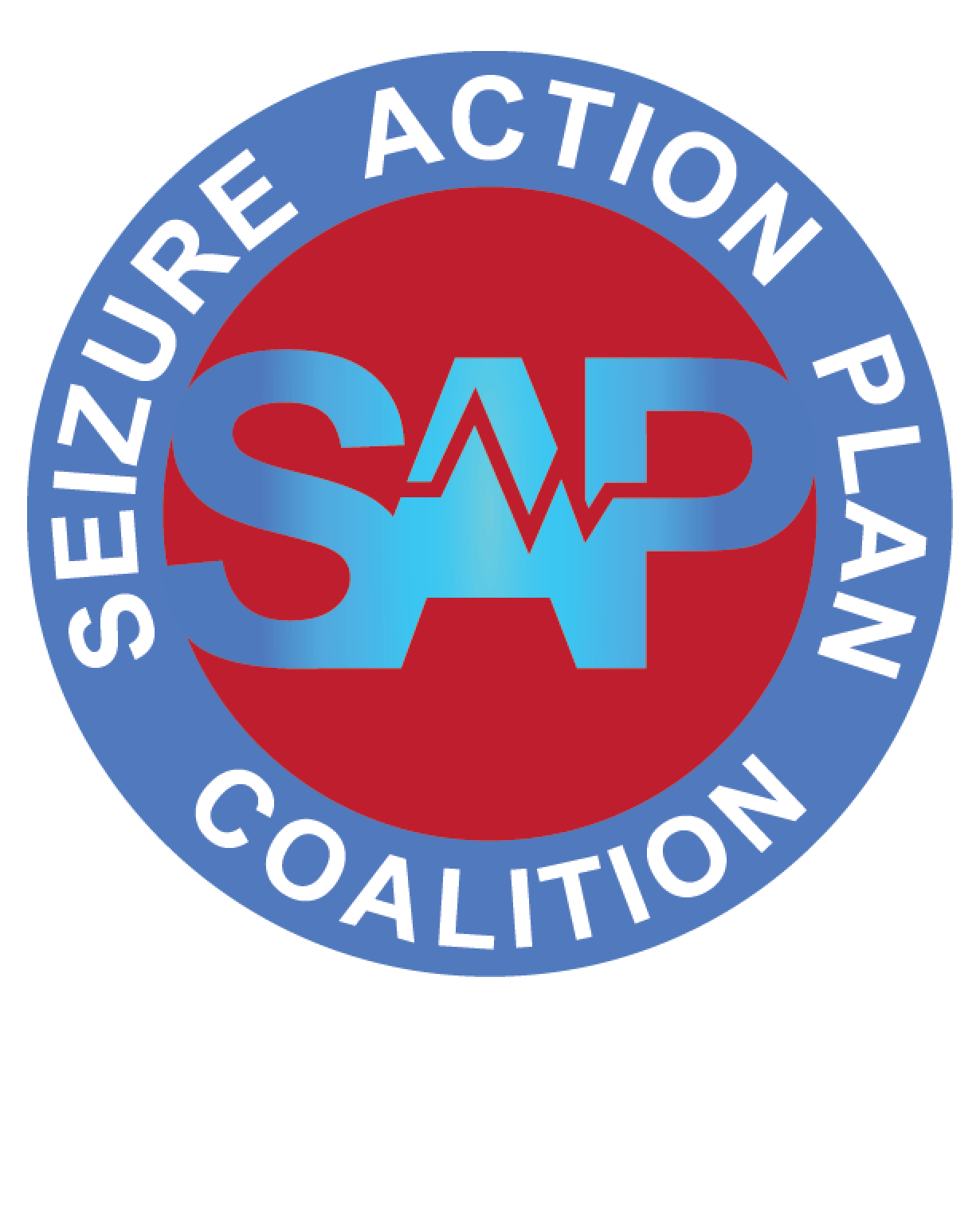Seizure Action Plans
A seizure is a medical emergency. A Seizure Action Plan (SAP) contains tailored guidelines on how to respond during a seizure, based on the patient’s medical history. It includes health and medical information specific to the patient and helps others recognize seizures and the appropriate steps to take to keep him or her safe from injury or damage caused by prolonged seizures.
Approximately 30% of patients diagnosed with epilepsy have refractory or treatment-resistant epilepsy which means available medications and devices are unable to bring the seizures under control. Many patients with refractory epilepsy may experience prolonged seizures (status epilepticus) and/or seizure clusters, which may need to be stopped with emergency intervention.
A Seizure Action Plan (SAP) is important because seizures can be life-threatening. Having a SAP lets others know what to do in an emergency situation. A SAP can reduce the time to action during a seizure and faster response times can reduce risk of prolonged seizures, risk of mortality, and the need for additional rescue medications [1-4].
Visit our Resources page to see examples of seizure action plans and to find other useful tools.




